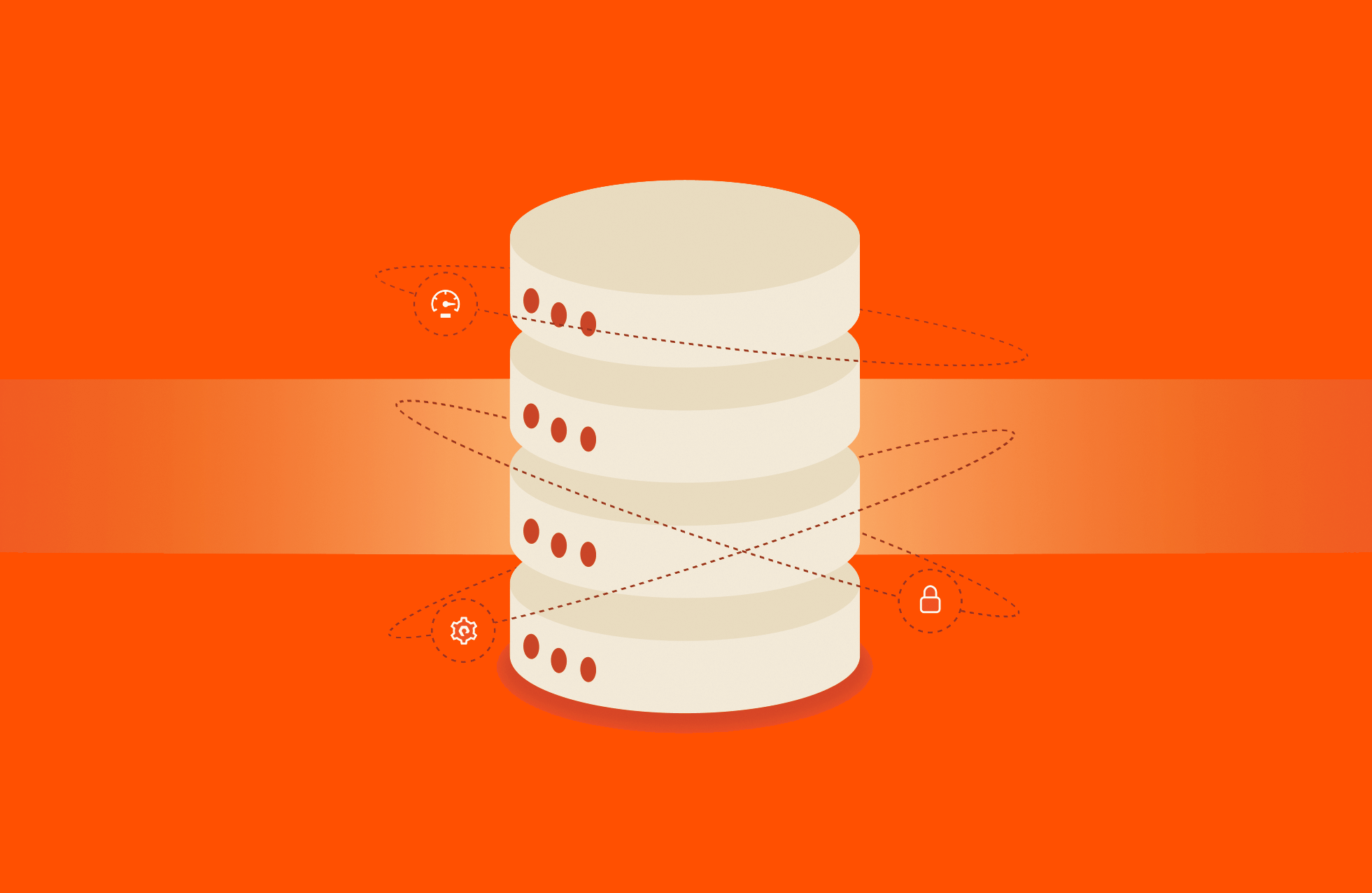요약
To unlock the full potential of AI, you’ll need to unify data silos and establish efficient data operations. A modern storage solution like FlashBlade eliminates the need for multiple fragmented systems, simplifies data management, and ensures seamless scalability.
인공지능(AI) 전략은 곧 데이터 전략이기 때문에 원활한 데이터 접근성을 제공해야 성공할 수 있습니다. 특히 AI 모델과 관련하여 사일로 없는 접근성은 데이터 파이프라인의 속도를 높여 지연 없이 모델을 학습, 재학습 및 배포할 수 있도록 합니다.
AI 파이프라인에 대한 데이터 사일로의 리스크
생성형 AI의 성장은 기술의 확장 속도와 산업 전반에 걸쳐 근본적인 변화가 일어나 AI가 필수적인 요소가 되었다는 점을 잘 보여줍니다. 이는 기업에게 엄청난 기회를 제공하는 동시에 경쟁의 압박에 맞서 그 어느 때보다 빠르게 혁신해야 한다는 엄청난 부담을 가중시키고 있습니다.
AI 아이디어에서 생산에 이르는 여정은 반복적이며 중요한 질문으로 가득합니다. 최고의 답변은 유연한 접근 방식과 함께 제공되며 지속적으로 진화하고 있습니다. 더 이상 모델을 구축하는 것만이 능사가 아닙니다. 기업은 인프라, 데이터 보안, 확장을 고려하여 새로운 도전 과제, 특히 데이터 관리의 경우 데이터 생태계에 대해 고민해야 합니다.
AI의 힘을 활용할 때 데이터 준비는 원활하고 효율적인 AI 운영을 보장하기 위한 가장 중요한 단계 중 하나입니다. 하지만 실제 모델링은 파이프라인의 일부에 불과합니다. 대부분의 작업은 데이터 정리, 클리닝, 관리 등을 포함하는 데이터 운영입니다.
데이터 사일로 통합의 도전 과제와 필요성
여러 사일로에서 비정형 데이터를 관리하는 것은 복잡한 작업입니다. 데이터 사일로는 조직의 비효율성, 오래된 기술의 사용, AI 시스템의 복잡성 증가 등 다양한 이유로 존재합니다. 하지만 온프레미스에 있든 클라우드에 있든 데이터 사일로는 AI 파이프라인을 방해하는 새로운 비효율성을 야기하기도 합니다. 이러한 사일로를 통합하는 것이 AI의 잠재력을 최대한 활용하기 위한 핵심입니다.
문제는 각 데이터 사일로마다 고유한 스토리지, 처리 및 검색 요구 사항이 있는 경우가 많다는 것입니다. 예를 들어, 데이터 웨어하우스는 일반적으로 정형화된 배치 데이터를 위해 설계된 반면, 데이터 레이크는 비정형화된 스케일아웃 데이터를 처리합니다. AI 사용 사례가 확장됨에 따라 이러한 서로 다른 시스템을 지원하는 인프라가 파편화되는 경우가 많습니다.
스토리지는 AI 기반 애플리케이션에서 정확하고 관련성 높은 응답을 생성하기 위해 데이터를 수집, 처리, 사용하는 방식에서 중요한 역할을 합니다. 데이터 세트 액세스를 위한 단일 플랫폼을 사용하면 데이터 수집에서 생성에 이르는 다양한 AI 파이프라인 단계 간에 데이터가 원활하게 이동할 수 있습니다. 데이터 사일로를 통합하면 데이터 접근성을 개선하고 더 빠르고 효율적인 AI 워크플로우를 추진할 수 있습니다.
AI를 위한 데이터베이스도 변화하고 있습니다.
AI 애플리케이션이 더욱 정교해짐에 따라 데이터베이스도 증가한 성능 및 확장성 요구 사항을 처리할 수 있도록 진화해야 합니다. 구조화된 쿼리를 중심으로 구축된 기존 데이터베이스는 벡터 검색과 같은 고급 AI 기능을 지원하는 벡터 데이터베이스(영문자료)로 보완되고 있습니다. 벡터 데이터베이스는 수학적 관계를 사용해 의미와 컨텍스트를 설정함으로써 대규모 데이터 세트에 대해 보다 직관적이고 정확한 검색 결과를 제공합니다.
또한, 데이터베이스는 대규모 언어 모델(LLM)과 검색 증강 생성(RAG)을 수용해야 하며, 이 두 가지 모두 AI 시스템을 학습시키기 위해 방대한 데이터 세트가 필요합니다. 비즈니스 운영에 더 많은 AI 모델이 통합됨에 따라 이러한 데이터베이스의 용량 및 성능 계획이 주요 고려 사항이 되었습니다. 벡터 데이터베이스는 샤딩(sharding) 후 기존 관계형 데이터베이스보다 평균 10배 더 많은 공간을 차지합니다. 따라서 샤딩되는 데이터의 특성과 그에 따른 데이터 폭증을 스토리지가 어떻게 관리할 것인지 이해하는 것이 중요합니다. GPU로 스케일아웃(영문자료), 속도, 병렬 처리를 최적화하고 적절한 솔루션과 함께 사용하면 비용 효율성을 크게 향상시킬 수 있습니다.
AI 파이프라인의 스토리지 수요 충족하기
AI 파이프라인에 대한 전략을 세울 때 스토리지 요구사항은 단순히 모델 학습에만 국한되지 않는다는 점을 기억하세요. 사실, 대부분의 과중한 작업은 대규모 데이터 세트 클리닝, 복사, 정리와 같은 작업을 포함하는 데이터 준비에서 비롯됩니다. 설문조사(영문자료)에 따르면 데이터 과학자들은 분석을 시작하기 전에 업무 시간의 약 80%를 데이터 클리닝과 정리에 소비하는 것으로 나타났습니다. 이러한 데이터 준비 단계는 리소스 비 용 외에도 제대로 관리하지 않으면 병목 현상이 발생할 수 있습니다. 이러한 복잡성을 간소화하는 솔루션에 집중하면 데이터 준비에 소요되는 시간을 절약하여 개념 증명에서 생산 단계로 더 빠르게 전환할 수 있습니다.
데이터 볼륨이 증가하거나 AI 모델이 더욱 복잡해지는 상황에서 고성능 스토리지 플랫폼인 플래시블레이드(FlashBlade)는 전체 시스템 교체나 큰 다운타임 없이도 새로운 수요를 충족하도록 쉽게 확장할 수 있습니다. 따라서 불필요한 오버헤드 없이 미래의 혁신을 지원하는 장기적인 가치를 보장합니다.
플래시블레이드의 뛰어난 기능 중 하나는 데이터 수집 및 준비부터 실험 및 생산에 이르기까지 AI 파이프라인의 모든 단계에서 높은 성능을 제공할 수 있다는 점입니다. 다양한 워크로드에서 어려움을 겪을 수 있는 기존 스토리지 솔루션과 달리, 플래시블레이드는 애플리케이션이나 워크로드에 관계없이 일관된 성능과 데이터에 대한 신속한 액세스를 제공합니다. 파일 및 오브젝트 스토리지를 단일 플랫폼으로 통합하여 관리를 간소화하고 여러 개의 파편화된 시스템을 사용할 필요가 없도록 함으로써 사일로를 통합할 수 있습니다. 또한, 플래시블레이드는 정형 및 비정형 데이터를 모두 지원하여 기업이 복잡한 AI 워크로드를 처리할 수 있는 원활한 인터페이스를 제공합니다.
데이터 사일로를 통합하면 효율성이 향상되고 AI 기반 의사결정을 위해 데이터에 더 쉽게 액세스할 수 있습니다.
AI 데이터 플랫폼: AI를 위한 미래 보장형 기반
AI 파이프라인은 효율적인 데이터 운영에 의존합니다. 데이터 클리닝 및 준비부터 벡터 검색과 같은 새로운 데이터베이스 기능 활용까지, 성공적인 AI 구현을 위한 여정에는 강력한 스토리지 솔루션이 필요한 도전 과제들로 가득합니다. 데이터 사일로를 통합하고 최신 스토리지 플랫폼을 활용하는 데 집중하면, AI의 잠재력을 최대한 활용할 수 있습니다.
적절한 인프라에 투자하는 것은 단순히 현재의 AI 수요를 충족하는 것뿐만 아니라, AI 모델과 애플리케이션의 발전에 따라 확장할 수 있는 기반을 구축하는 것입니다. 플래시블레이드는 원활한 확장성, 고성능, 간소화된 데이터 관리를 보장하여 장기적인 가치를 제공하도록 설계되었습니다.

AI 성공을 향한 고객 여정
Achieve Faster AI Results
Learn more about how to break down silos and speed up AI pipelines.
![]()







